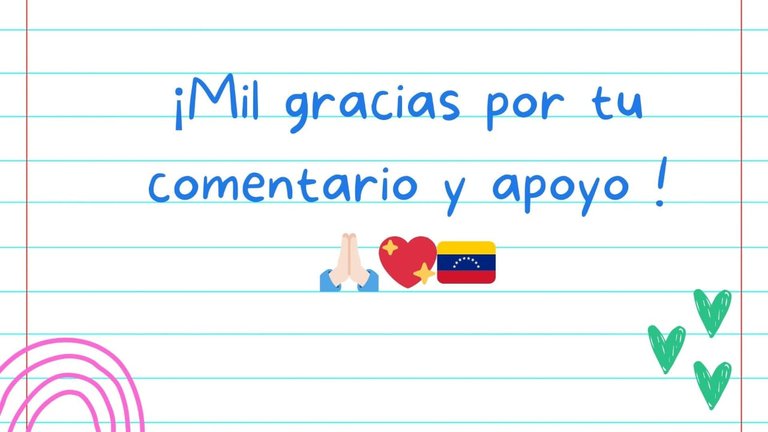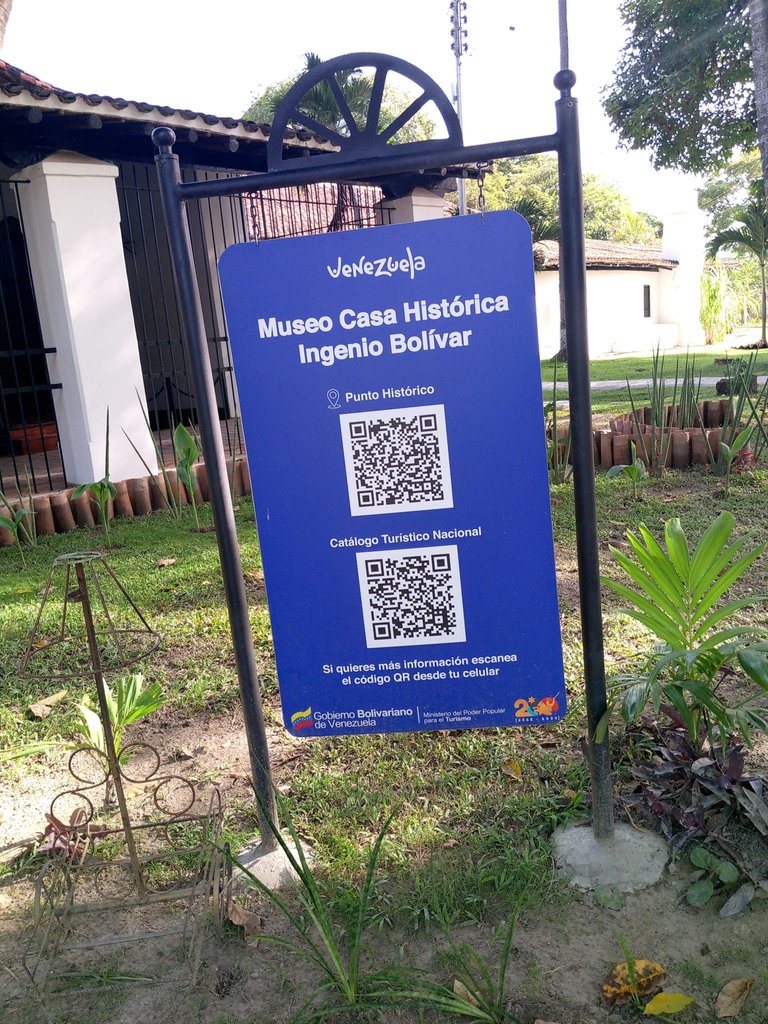
MUSEO
¡Saludos amigos de WednesdayWall! Es mi primera publicación en la Comunidad, espero sea de su agrado.
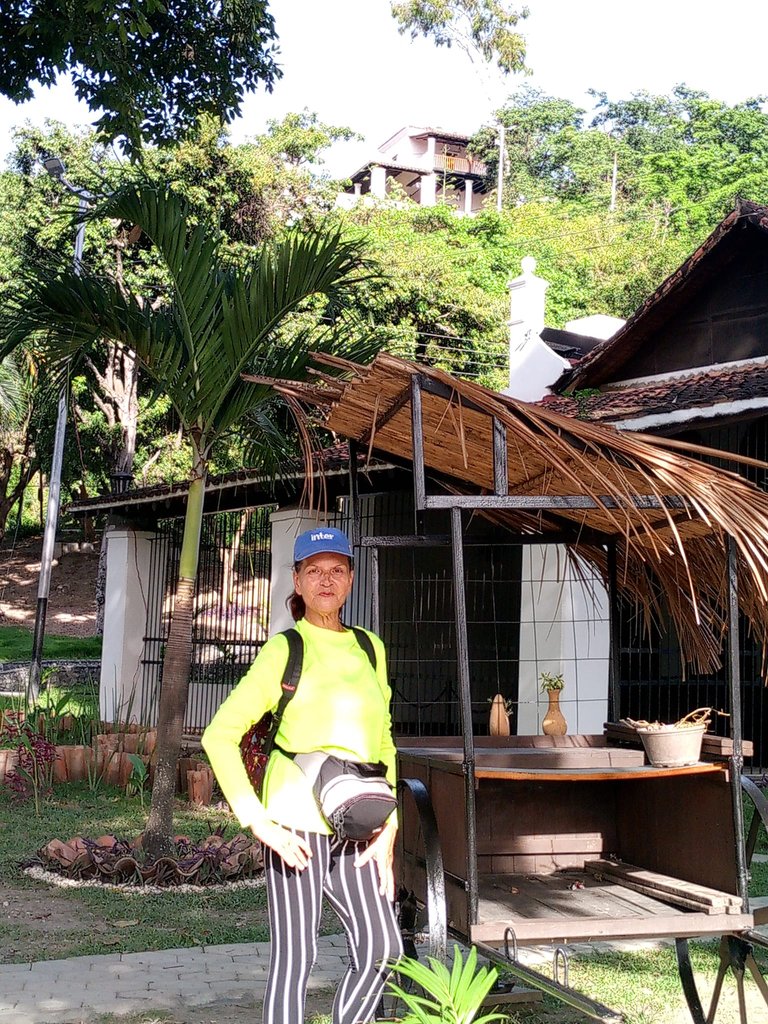
FRENTE A LA CASONA
En esta oportunidad me fui caminando, por la “carretera vieja”, llamada así para diferenciarla de la Autopista Regional del Centro, desde La Victoria hasta cerca de la población de San Mateo, donde se encuentra ubicado el Museo Casa Histórica Ingenio Bolívar, estado Aragua, Venezuela.
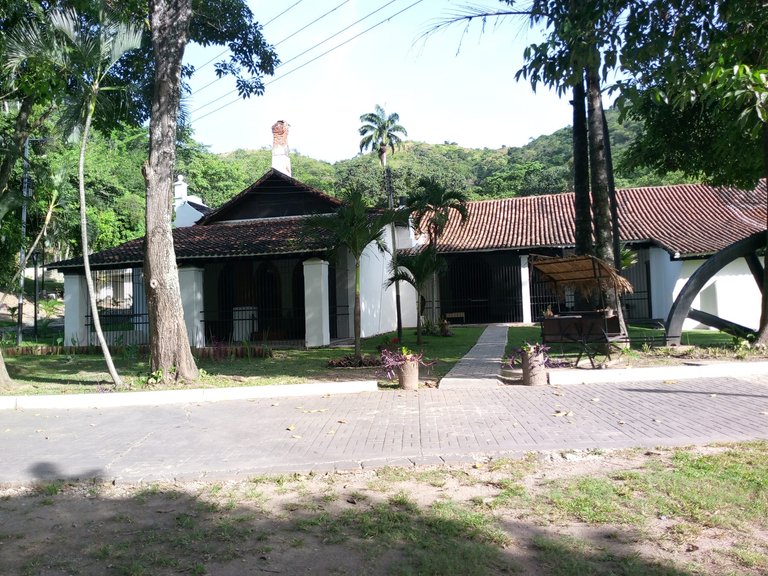
CASONA
Les presentaré parte de la Casa de los Bolívar, en especial el Trapiche y sus alrededores.

TRAPICHE
Acá se procesaba la caña de azúcar; sembrada y cosechada por los campesinos y esclavos de la familia Bolívar. Con ella se producía desde el aguardiente, ron, hasta la panela de papelón o piloncillo como es conocido en otros lugares.

DONDE SE VACIABA LA MEZCLA
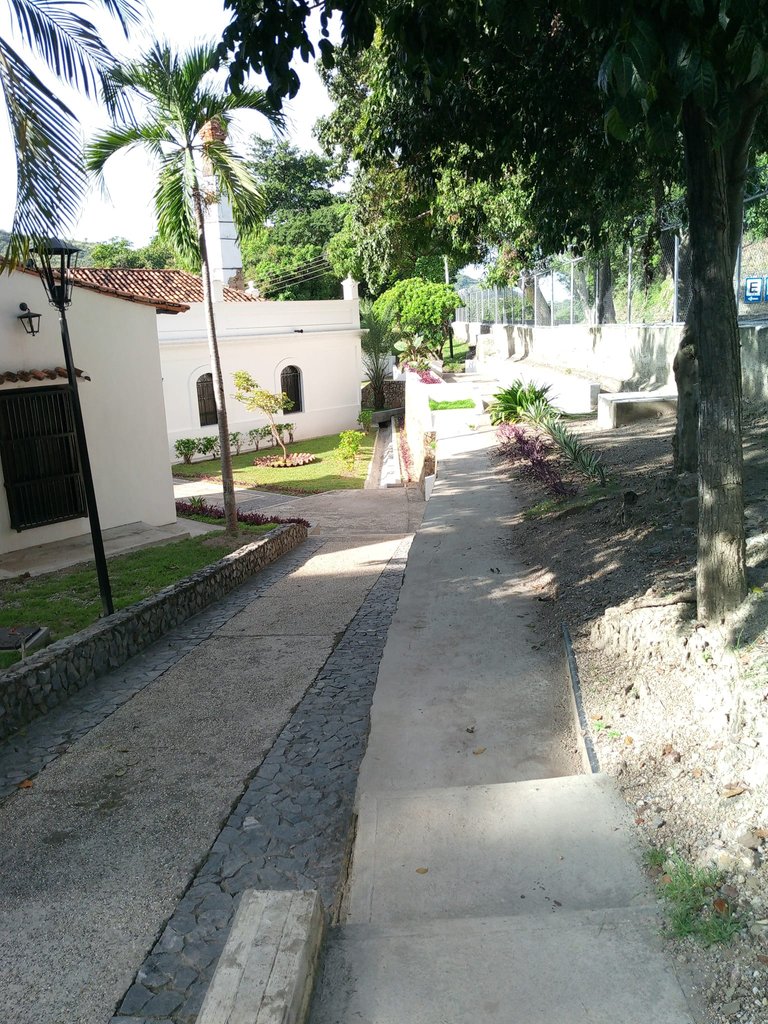
ALREDEDORES DE LA CASONA
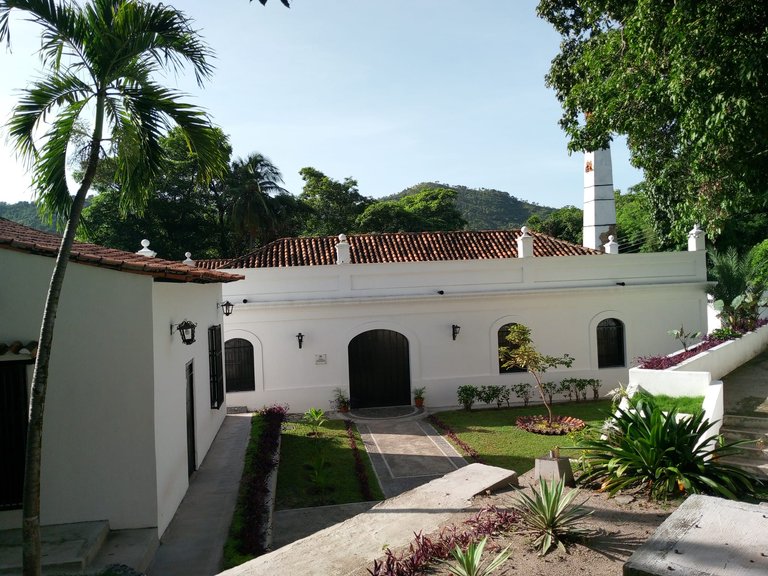
OTRA VISTA DE LA CASONA
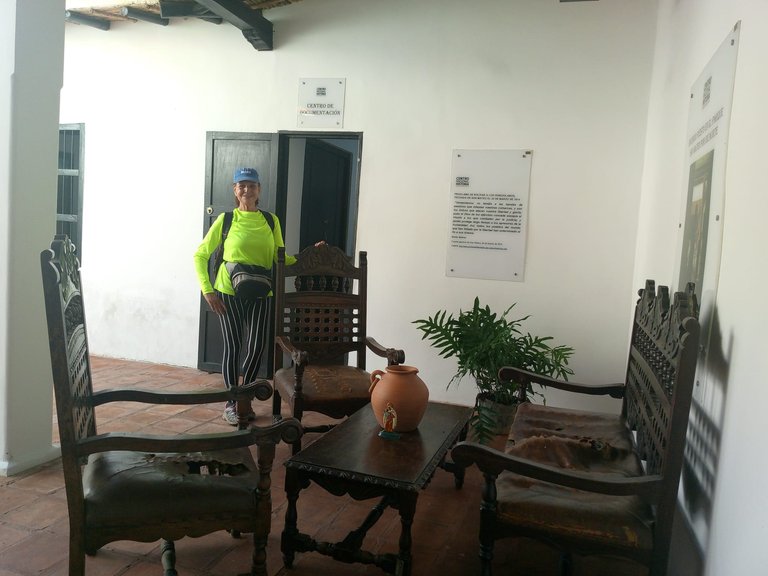
UNO DE LOS VARIOS SALONES
Esa caminata para mí forma parte de mi rutina de entrenamiento, por lo que seguramente les iré mostrando varias locaciones de la casa y del Ingenio Ricaurte; donde voló el 25 de marzo de 1814. Es historia de la lucha independentista del Imperio Español.
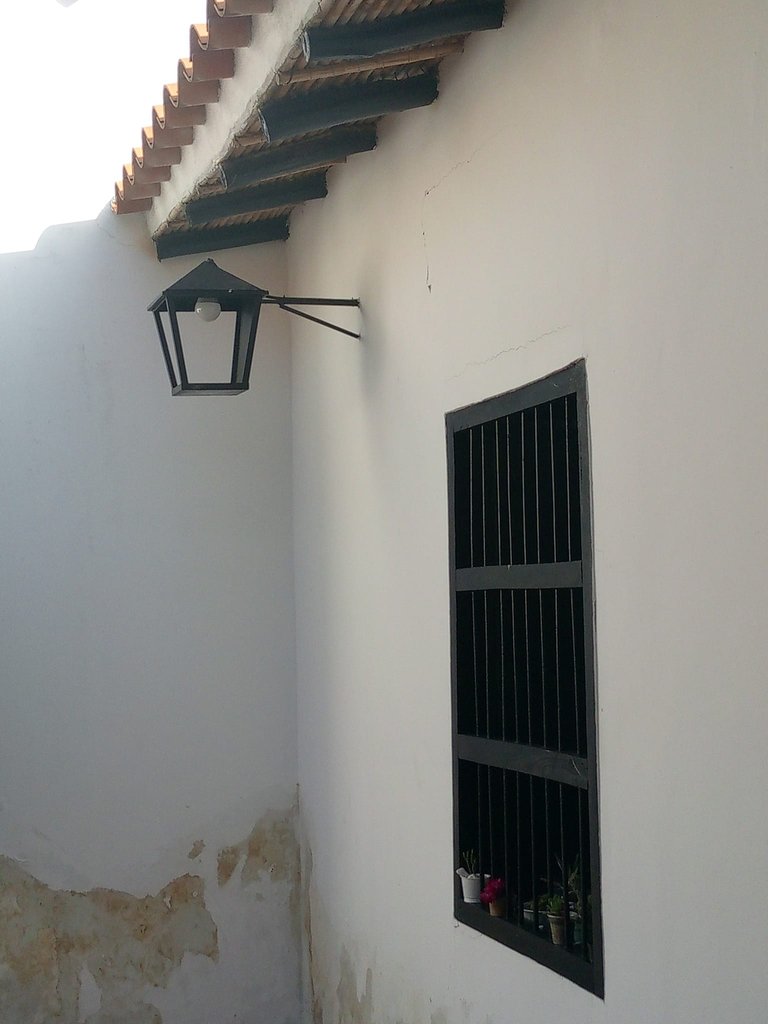
VEO ESTE FARO E IMAGINO MUCHAS HISTORIAS
Estas tierras pertenecían a los Bolívar, de hecho, el mismo Simón Bolívar vivió en ese lugar durante su pequeña infancia, bajo el cuidado de la esclava conocida históricamente como la Negra Matea.
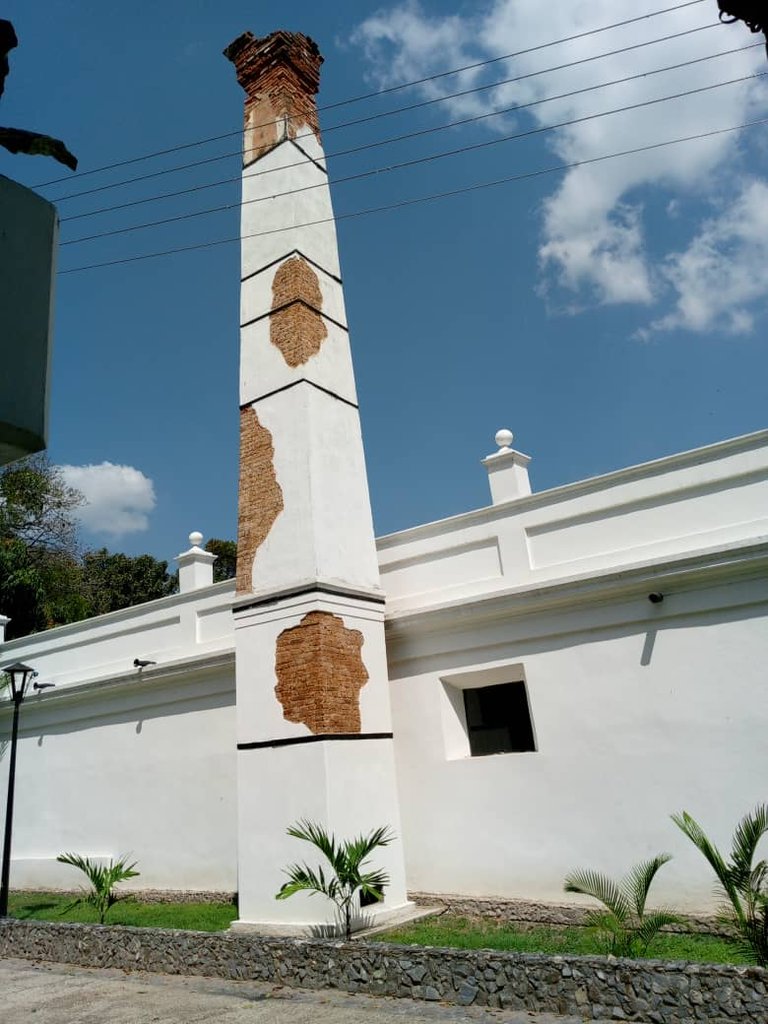
CHIMENEA
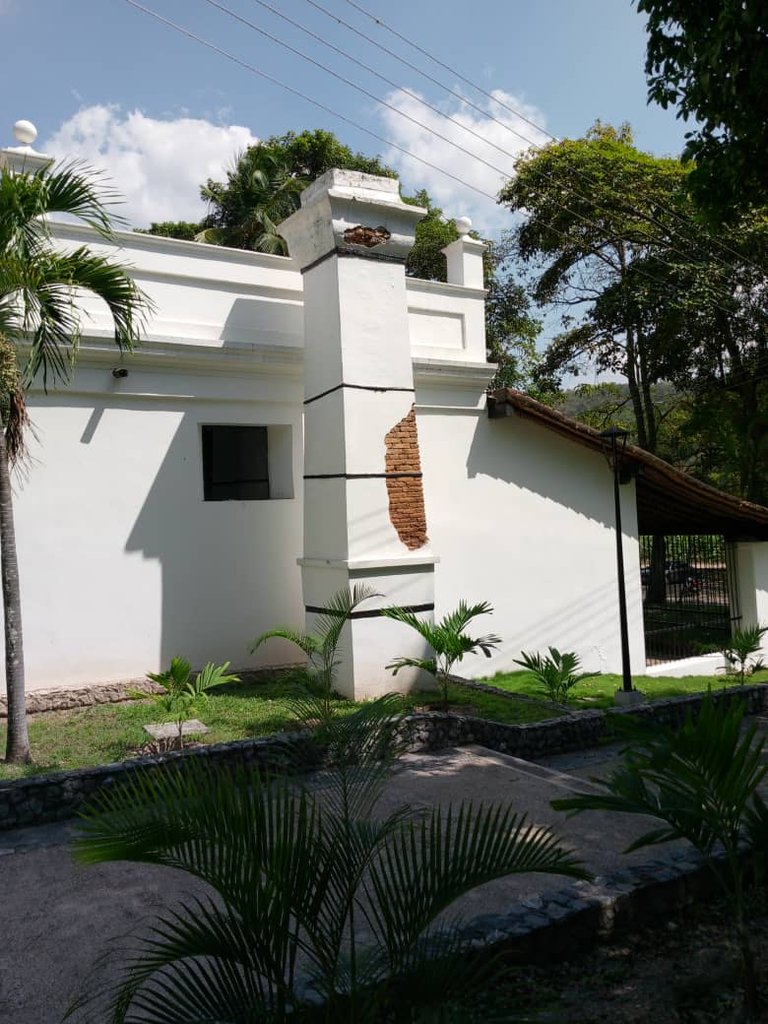
LA CASONA
Desde niña he visitado este lugar y, ahora que está bajo la protección de la Alcaldía del Municipio Bolívar, los cambios son notorios, pues han mejorado, restaurado e incorporado piezas cedidas por otros museos.
TEXTO E IMÁGENES ORIGINALES PROPIEDAD DE @yuruanyr23
ENGLISH (click AQUI!)
Greetings WednesdayWall friends! This is my first publication in the Community, I hope you like it.
This time I went walking along the “old road”, so called to differentiate it from the Autopista Regional del Centro, from La Victoria to near the town of San Mateo, where the Museo Casa Historica Ingenio Bolivar, Aragua state, Venezuela, is located.
I will show you part of the Casa de los Bolivar, especially the Trapiche and its surroundings.
Sugar cane was processed here, planted and harvested by the peasants and slaves of the Bolivar family. It was used to produce everything from aguardiente, rum, to panela de papelón or piloncillo as it is known in other places.
That walk for me is part of my training routine, so I will surely show you several locations of the house and the Ricaurte sugar mill, where he flew on March 25, 1814. It is the history of the struggle for independence from the Spanish Empire.
These lands belonged to the Bolivars, in fact, Simon Bolivar himself lived in this place during his early childhood, under the care of the slave historically known as Negra Matea.
Since I was a child I have visited this place and, now that it is under the protection of the Mayor's Office of the Bolivar Municipality, the changes are notorious, since they have improved, restored and incorporated pieces donated by other museums.
ORIGINAL TEXT AND IMAGES PROPERTY OF @yuruanyr23
Translated with DeepL.com (free version)
